

Treatment of cancer can include surgery, chemotherapy, radiation therapy or newer therapies such as using monoclonal antibodies. Rights: Derek K Miller Chemotherapy treatment A patient under goes ...
READ MORE

Our homes are supposed to be our safe places, but for nearly a third of New Zealanders, damp homes can have a serious effect on our health. Damp, mouldy houses and the link to respiratory ...
READ MORE

Citizen science and the local community Rongomai Primary School is leading a Healthy Homes, Healthy Futures project. The project is part of the Participatory Science Platform (PSP) programme ...
READ MORE

In this activity, students use bread slices to investigate the role of moisture in mould growth. By the end of this activity, students should be able to: discuss the role of moisture in mould ...
READ MORE

In this activity, students examine the lifestyle factors that contribute to skin cancer and prepare information about skin cancer for a child or teenage audience. By the end of this activity ...
READ MORE

In this activity, students use the Futures thinking tool to investigate obesity and the impact it has on the health system. Rights: The University of Waikato Te Whare Wānanga o Waikato Obesity ...
READ MORE
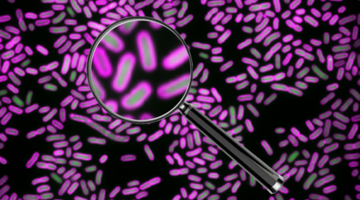
Help this global project to develop a faster test for antibiotic resistance by looking inside bacteria that have been treated with antibiotics. This will improve healthcare for patients with ...
READ MORE
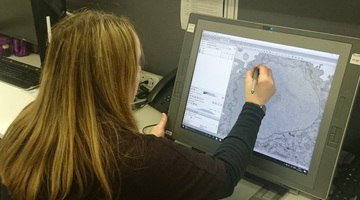
In this online citizen science (OCS) project, participants analyse electron microscope images taken of a range of biological samples, helping scientists better understand cancer, infectious ...
READ MORE
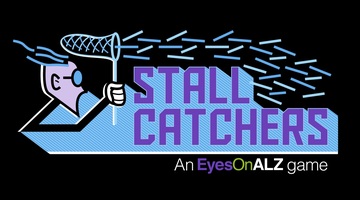
Alzheimer’s disease is an irreversible, progressive brain disorder that slowly destroys memory and thinking skills and eventually even the ability to carry out the simplest tasks. In this online ...
READ MORE

Students develop knowledge of new technology that enables fish oil to be added to food without a fishy taste or smell and design an advertisement to promote an omega-3 enriched food. Purpose To ...
READ MORE

Modern antibiotic medicines came into use in the middle of the 20th century. They enabled doctors to treat serious – and sometimes fatal – bacterial infections like strep throat and pneumonia ...
READ MORE

In this recorded professional learning session, Dr Siouxsie Wiles, Associate Professor of Molecular Medicine and Pathology answers key questions about antimicrobial resistance (AMR). AMR has been ...
READ MORE
Robert Hooke's diagrams of cork cells started a frenzy of activity that produced some beautiful first pictures of cells from all sorts of organisms. Here, Nobel prize winner, Sir Paul Nurse ...
READ MORE
What does 'cell theory' really mean? Plant cells and unicellular organisms had been observed in the 17th century, but another century was passing before they would be seen in animals. From about ...
READ MORE
The Dobson spectrophotometer at Lauder in Central Otago is a key ozone-measuring instrument used by NIWA and is part of a global network of similar instruments.
READ MORE

Common household activities like cooking, cleaning and bathing produce moisture in our homes. Cold, damp houses can have serious effects on our health. Find out what causes moisture and how to ...
READ MORE
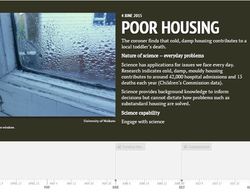
Select here for the best view of this interactive timeline. It combines the Rongomai School healthy homes investigation with the nature of science.
READ MORE
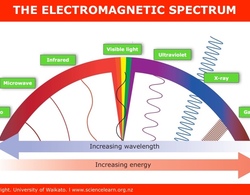
This interactive looks at the electromagnetic spectrum. To use this interactive, move your mouse or finger over any of the labelled boxes and select to obtain more information. Select here for a ...
READ MORE